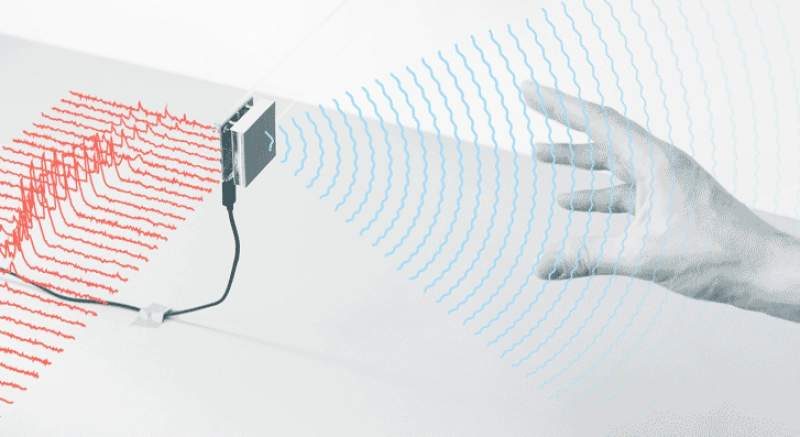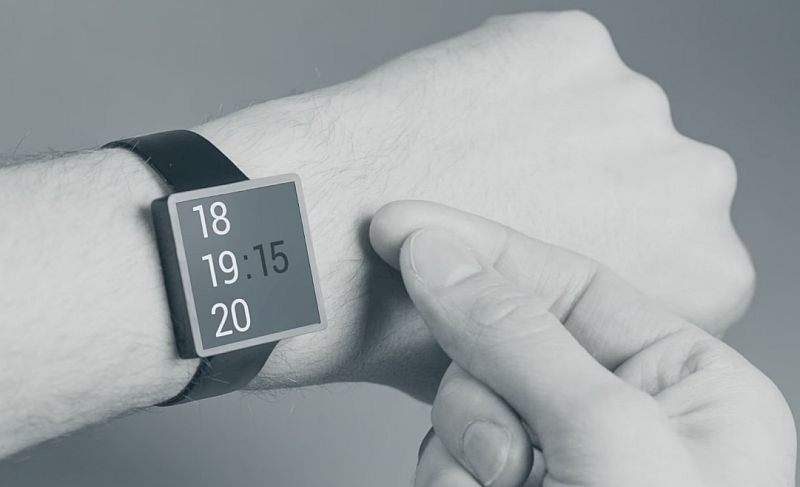Google Wins US FCC Approval for Radar-Based Hand Sensor
Ron Perillo / 6 years ago

Google’s Project Soli
Google has been finally granted a waiver by the US Federal Communications Commission (FCC) for their Soli sensor operation. The Project Soli captures motion in a 3D space using radar beam to enable touchless controls. In fact, Google’s Advanced Technology and Projects (ATAP) team has been working on it since 2015.
The FCC’s ruling enables the Soli sensor to operate at higher power levels than standard FCC limitations allow. Furthermore, the commission also rules that use of the sensors aboard an aircraft is also acceptable.
In March, Google asked the FCC to allow its short-range interactive motion sensing Soli radar to operate in the 57- to 64-GHz frequency band at power levels consistent with European Telecommunications Standards Institute standards.
The decision “will serve the public interest by providing for innovative device control features using touchless hand gesture technology.” according to the commission.
What are the Uses for This Hand Sensor?

There are obviously plenty of applications for such a technology. It can allow users to press an invisible button. Or operate a virtual dial, simply by rubbing a thumb against an index finger. It is reminiscent of touchless controls from sci-fi movies.
Furthermore, this technology can also benefit those with mobility and speech impairments greatly. As it does not require a tactile control to function.
Google says that “even though these controls are virtual, the interactions feel physical and responsive.” Feedback generation is through the haptic sensation of fingers touching instead.



















